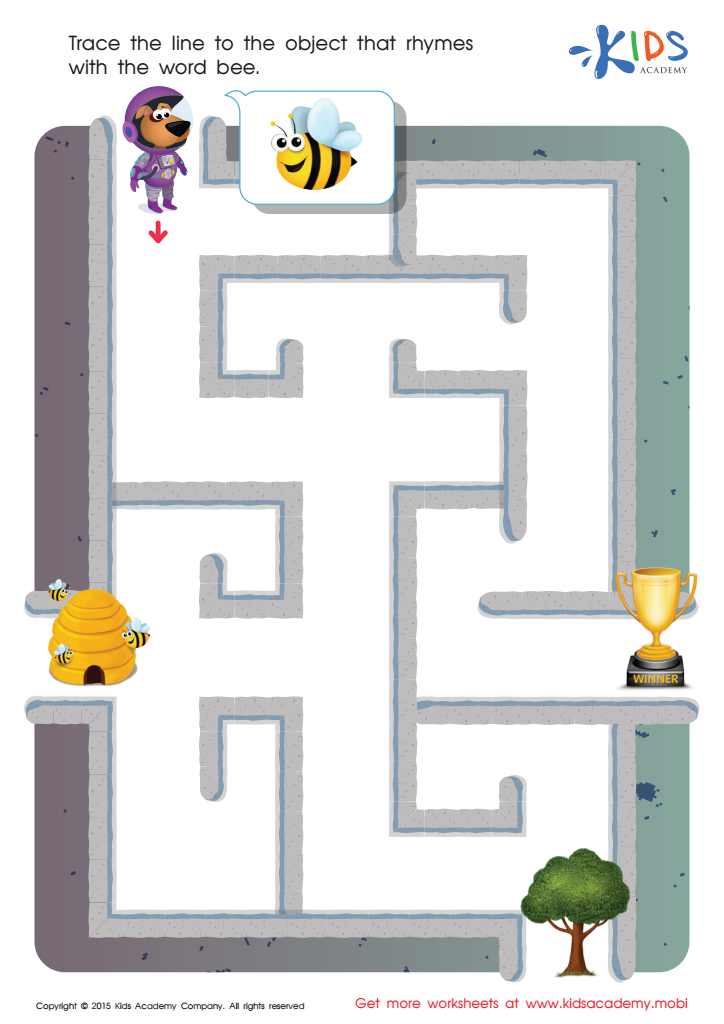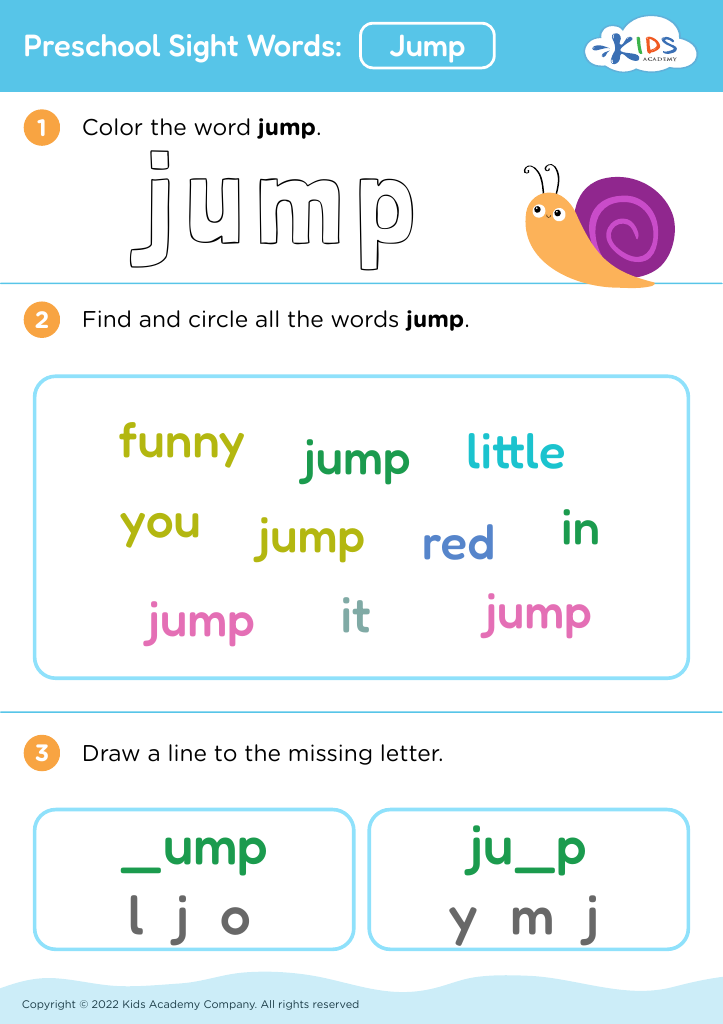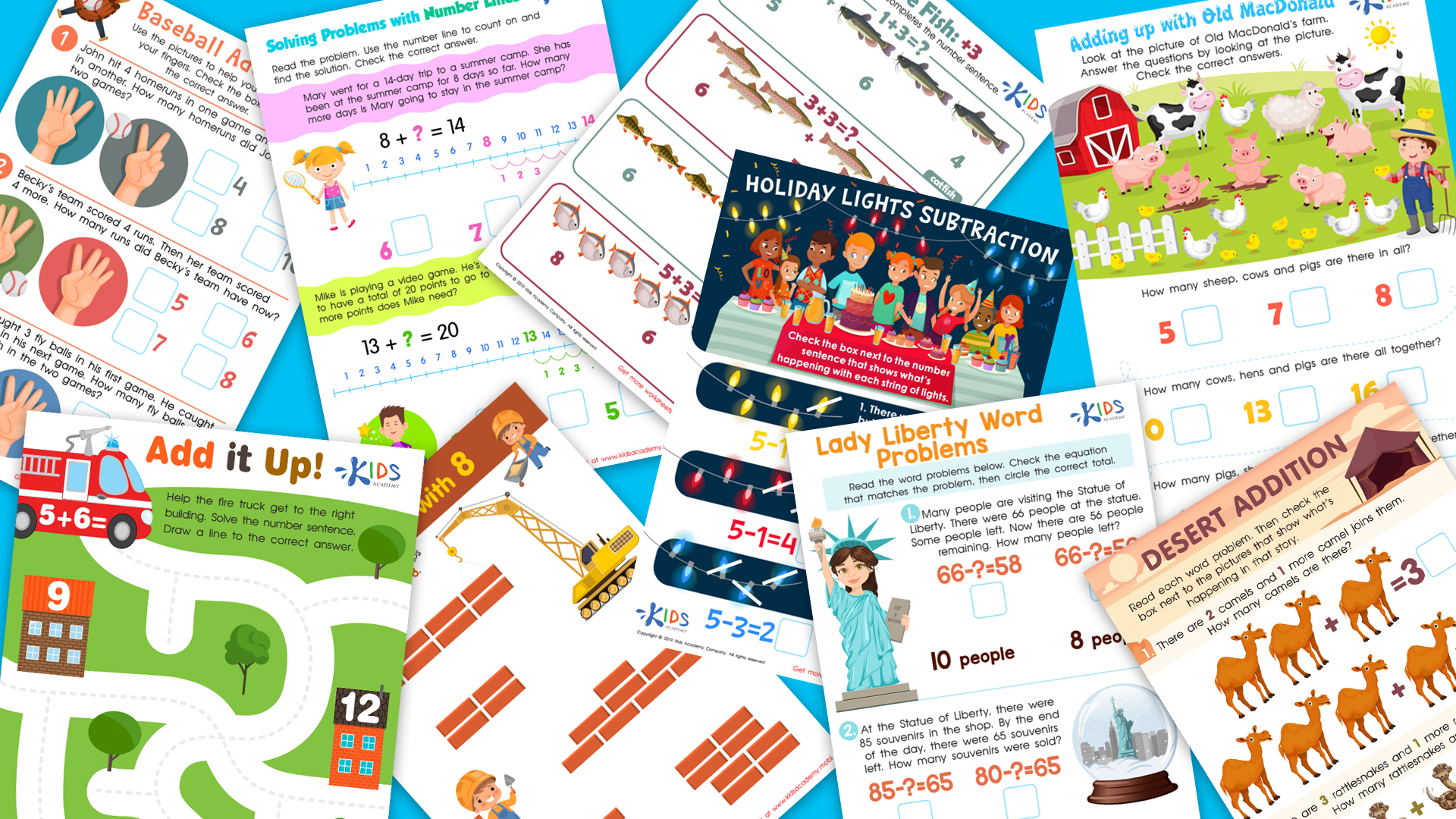Visual perception Reading Worksheets for Ages 4-8
3 filtered results
-
From - To
Unlock your child's reading potential with our "Visual Perception Reading Worksheets for Ages 4-8". Designed to enhance visual discrimination, letter recognition, and sequencing skills, these engaging activities make learning fun. Our expertly crafted worksheets support early literacy by teaching kids to differentiate shapes, sizes, and patterns, aiding their ability to recognize and process text. Through interactive and colorful exercises, children develop crucial skills that form the foundation for successful reading. Ideal for both parents and teachers, these worksheets provide a comprehensive approach to nurturing visual perception in young readers. Join us to boost your child's learning journey today!


Bee Rhyming Words Worksheet
Visual perception is a crucial skill for young children, particularly those between the ages of 4-8, as it lays the foundation for effective reading and learning. Visual perception involves the brain’s ability to make sense of what the eyes see, which is essential for recognizing letters, understanding spatial relationships, and distinguishing different shapes and forms. When children have good visual perception skills, they can more easily learn to read, because they can correctly identify letters and their corresponding sounds, track words across a page, and comprehend the narrative flow of a story.
Without strong visual perception abilities, children might struggle with reading, leading to frustration, lower self-esteem, and potentially an aversion to learning. Reading difficulties can have a cascading effect, impacting all academic areas such as math, science, and even art, because so much of early education relies on the ability to process visual information effectively.
By focusing on improving visual perception from an early age, parents and teachers can help children develop the necessary skills to succeed. Activities such as puzzles, drawing, matching games, and interactive reading can enhance visual perception. Investing in these foundational skills can provide children with a strong start, setting them up for academic success and a lifelong love of learning.
 Assign to My Students
Assign to My Students

















